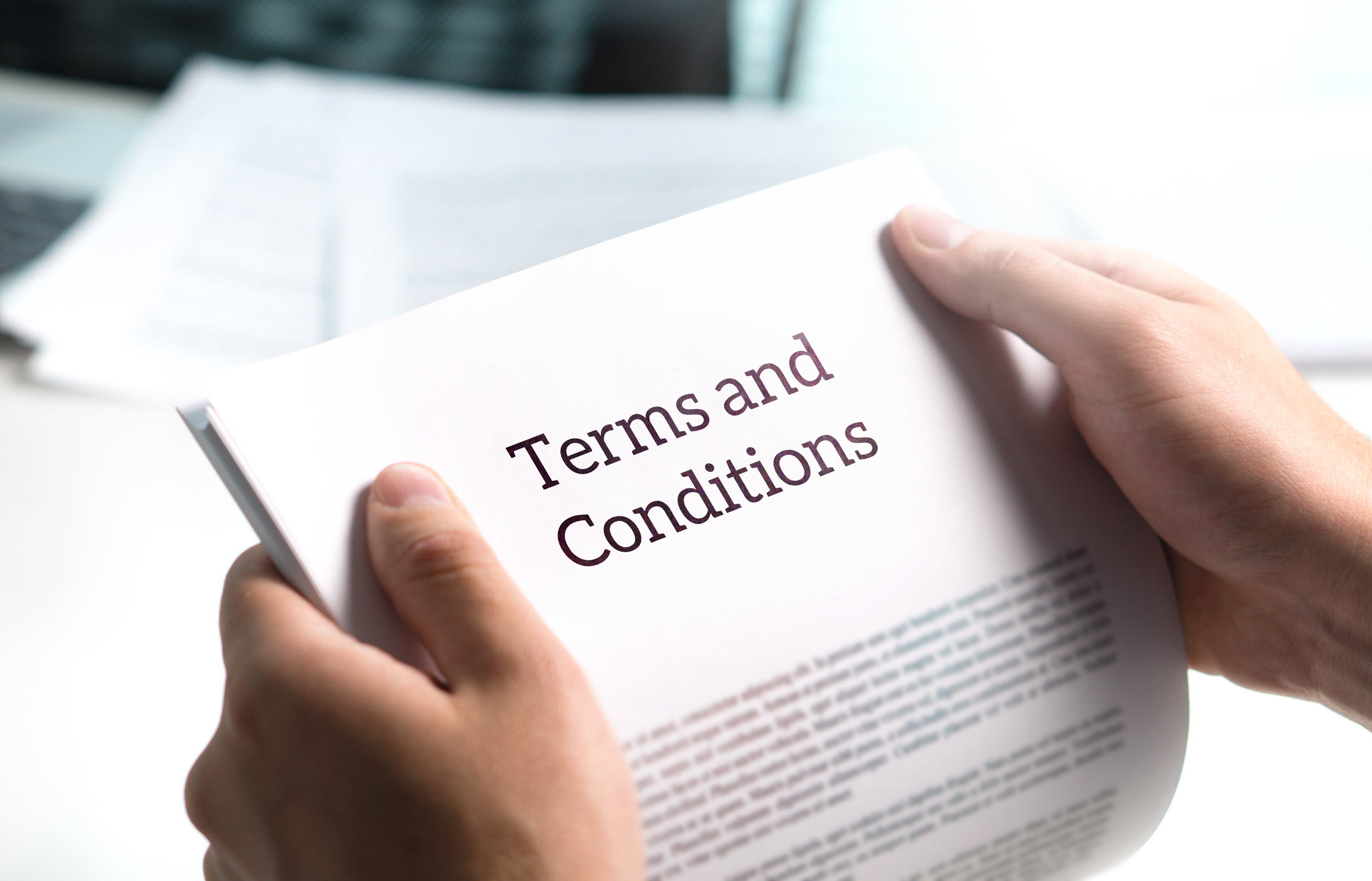Your marketing agency just got a great new piece of business. Terrific news!
The creative team is full of energy and ideas, the account service folks are ready to roll, and billings will start climbing soon.
After there’s a contract signed, of course. Soon enough, there’s an email with your client’s standard (and very lengthy) “Professional Services Agreement” in your inbox with a request to sign before the work is approved. What now? First, avoid assuming that the client’s document represents a done deal.
It can feel overwhelming to be on the receiving end of a legal document that neither the agency nor its legal advisor drafted. What kind of language should you expect, and what does an unreasonable provision look like? Where the client is an enterprise-sized company with a large in-house legal team or, even worse, a procurement department, managing the contract process, the contract review and negotiation seem more time consuming than completing the actual marketing work. It helps to know which issues to look for in a presented contract, especially those that could be legal or financial minefields for the agency.
Here are 5 things every marketing agency principal should look for in the client’s contract form:
Intellectual Property Provisions – Clients will expect to own the intellectual property in the work the agency creates for them, and their contract form will likely include language that provides for this, with the default provision that the client own rights to the work as soon as it is created. It’s certainly fair for the client to expect to own the IP (unless the parties have agreed to some sort of licensing arrangement), but only once the agency is paid for its work. Negotiate language that conditions the client’s ownership of intellectual property in the work upon the agency receiving payment. If the agency wants to retain any unexecuted or rejected concepts or creative assets, the agreement should say that as well. Make sure, also, to include language allowing the agency to display samples of the client work in its professional portfolio at the end of the engagement.
Restrictive Covenants on the Agency – Every client agreement form will include some version of restrictive covenants on the agency. One type of such covenant is confidentiality, which is reasonable expectation for both clients and agencies, so make sure the confidentiality promise is a mutual one. The two more “controversial” types of restrictive covenants are non-solicitation (the parties won’t pursue one another’s employees, customers or contractors), and non-competition (either the agency won’t work with a competitor in the client’s industry, and/or the client won’t hire a competing agency for some or all of the work). Non-solicitation covenants should be mutual, especially with respect to soliciting each other’s employees. Non-competition covenants should be evaluated very carefully by the agency based upon the size of the client engagement, and the size of the opportunity the agency might sacrifice by agreeing to it. Make every attempt to craft the non-compete promise as narrowly as possible, whether by geography, specific product or service line, or even specifically named competitors. Confidentiality covenants can safely be long-term promises, while non-solicitation and non-competition covenants should be negotiated as short in term as possible. You can expect a proposed period of 2-4 years to be requested by the client, but unless it’s a large piece of business, try to negotiate a cap of 2 years.
Payment Terms – The important and unsurprising trend here is that clients expect payment terms from agencies that stretch out as long as possible, without the accrual of fees or interest. Enterprise-sized companies will frequently default to requesting (demanding) terms as long as 90-120 days, which is completely unmanageable for most agencies. Obviously negotiate payment terms that are as short as possible. Also, if you expect to be able to recover late fees, interest, or, worse, attorney’s fees, in the event of non-payment, your contract must include this language. Courts will not enforce those terms unless they appear, specifically, in writing.
Indemnification and Liability – A standard client agreement form for professional services vendors will usually require the agency to be liable for everything, always, and to hold the client harmless (ie. “indemnify” the client) for anything that goes wrong, including intellectual property infringement or false advertising. For a fairer, more evenhanded approach, strive for language adjustments in two areas – 1) make the indemnification provisions mutual, so that if liability occurs because of something the client does or fails to do, such as infringing a trademark or making false product claims, the agency is protected; and 2) limit the agency’s liability to no more than the total fees paid to the agency by the client.
Insurance Requirements – This is fairly straightforward. If the client’s agreement form requires types of insurance coverage that the agency does not carry (such as errors and omissions coverage, which many independent agencies, unfortunately, avoid purchasing), seek to have the language removed from the contract. If the client won’t agree to that, negotiate policy limits that are as modest as possible. A standard policy request from enterprise-sized companies is $1-2 Million in errors and omissions coverage.
Finally, one of the best proactive tools an agency should have available is its own standard Agency Services Contract form. It can put the agency in the “driver’s seat” in the contract negotiations if it’s presented first. And even if the client won’t agree to use the agency’s contract, it creates a more level playing field for the agency to negotiate changes to the client’s standard agreement.






